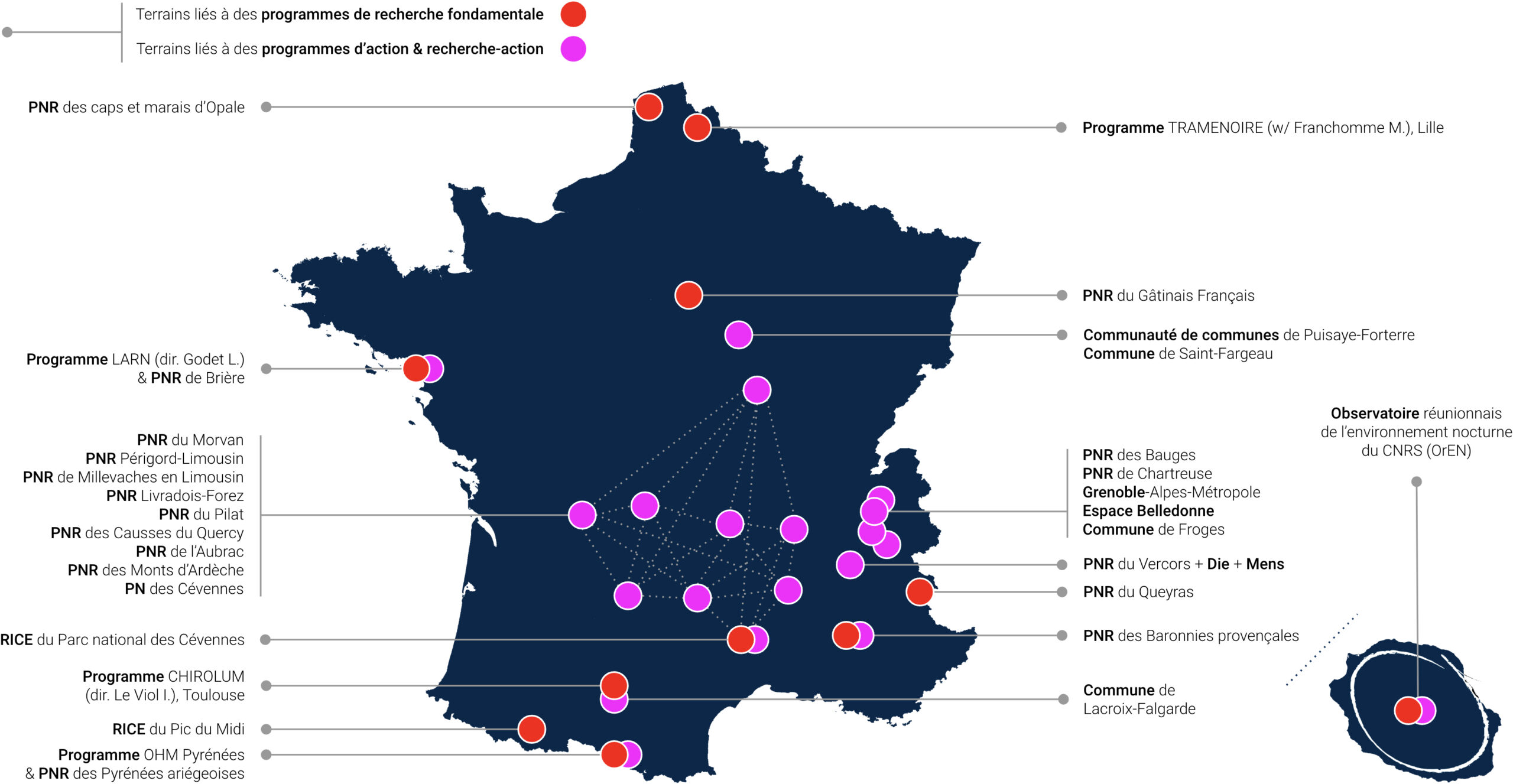the Observatory's programmes
Research and action research programmes in support of the Observatory's objectives
The research programmes of the Nocturnal Environment Observatory and its partnerships with various local authorities enable it to achieve its three structuring objectives. Firstly, to theorise nocturnal social-ecological systems in order to produce, on the one hand, analyses and results specific to the human, social and natural sciences and, on the other hand, results based on the interdisciplinary approaches required by the social-ecological systems analysis framework. Secondly, to model and monitor nocturnal social-ecological systems as a tool for the Observatory's research work. Finally, to bring together research and local action to address the need to localise the preservation of the nocturnal environment.
Originally positioned in the social sciences, the Observatory has gradually increased its exchanges with other scientific communities, enabling it to develop a radically interdisciplinary work that today positions it at the interface between environment and society. The Observatory's objectives and history make it a meeting place: a meeting place of disciplines, a meeting place of researchers and practitioners, a meeting place of scientists and other social actors.
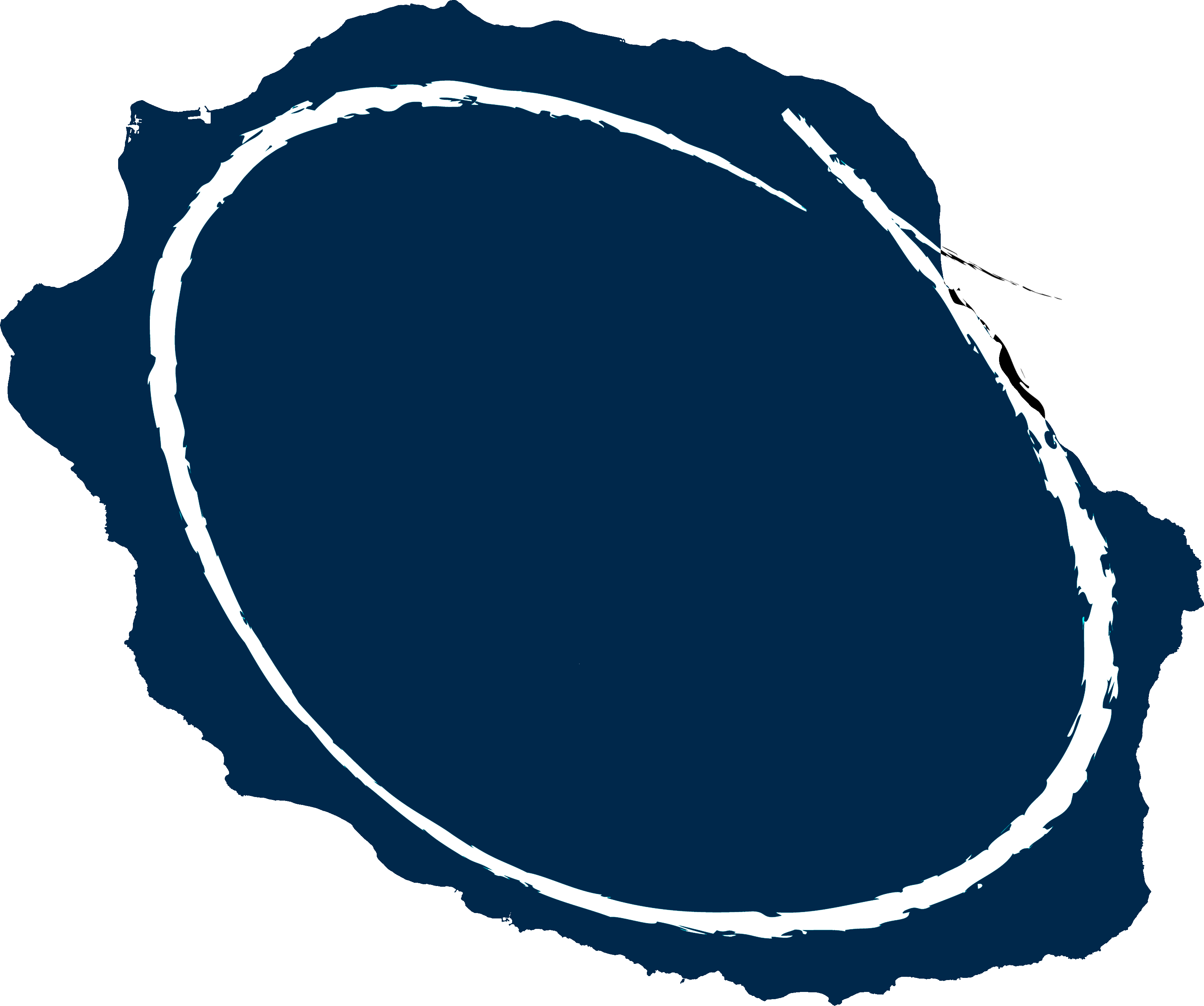

Programme LOREN
Un programme de recherche lauréat de l’appel à projets 2024 de la MITI du CNRS, action Osez l’interdisciplinarité ! (36 mois)
L’Observatoire Réunionnais de l’Environnement Nocturne (LOREN) est un dispositif de recherche-action interdisciplinaire et participative qui se positionne à l’interface entre sciences de l’Univers, sciences de l’environnement et sciences humaines et sociales. Il ambitionne de comprendre l’environnement nocturne à La Réunion, en tant que socioécosystème, par la production de savoirs scientifiques et leur croisement avec les savoirs vernaculaires et d’usage. Il s’inscrit au sein d’un écosystème d’acteurs sur le territoire réunionnais aux niveaux académique, institutionnel et associatif, dans une approche interdisciplinaire alliant métrologie, au travers du déploiement d’un réseau de suivi de la pression lumineuse, modélisation de la pollution lumineuse dédiée aux enjeux écologiques et culturels, conjointement au développement de projets de sciences participatives en milieu scolaire dans une approche environnementale du ciel étoilé, d’ateliers citoyens sur les paysages visuels et sonores nocturnes, en tant qu’objets-passerelles destinés à des publics variés – habitants, collectifs d’usagers, associations, praticiens de la préservation de l’environnement et responsables politiques, et d’outils destinés à la recherche appliquée et à l’action territoriale.
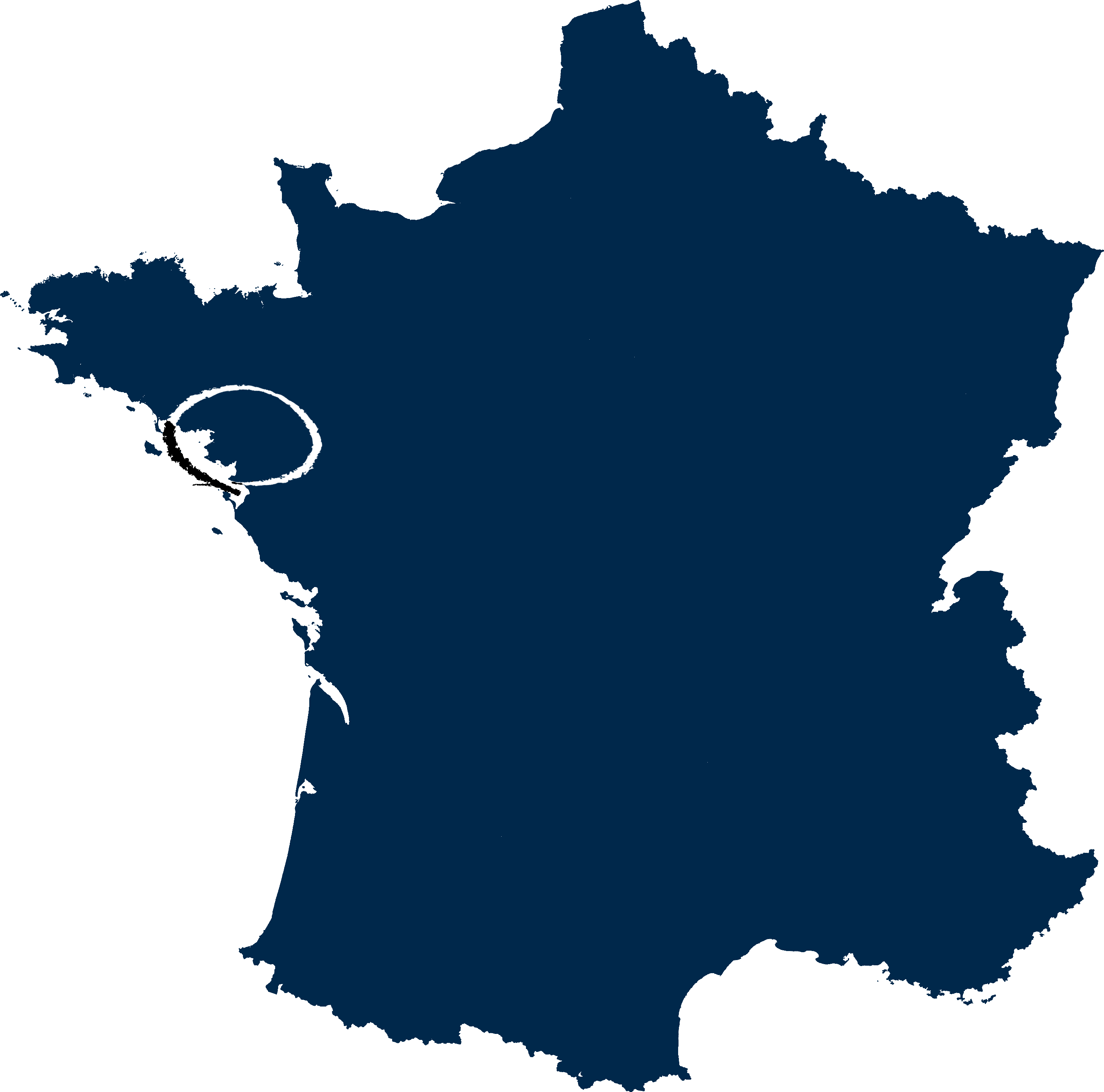

Programme MITI·PLUM
Un programme de recherche lauréat de l’appel à projets 2024 de la MITI du CNRS, action Pollution et dépollution : solutions et trajectoires (24 mois)
La fragmentation des habitats par la lumière artificielle nocturne est une préoccupation centrale parmi les effets de la lumière artificielle sur la biodiversité, créant notamment des modifications dans l’utilisation spatiale des habitats qui peuvent compromettre à terme la réalisation du cycle de vie des espèces — par exemple l’accès aux sites de repos (haltes migratoires), aux partenaires ou aux sites de reproduction. À l’heure actuelle, les outils dont se dotent les territoires pour juguler les effets écologiques de la pollution lumineuse sont construits sur une connaissance figée de la pression lumineuse et sur des inventaires d’espèces réputées nocturnes, sans considération des temporalités de leur cycle de vie. Pourtant, de nouveaux possibles sont ouverts par l’utilisation de plus en plus massive des luminaires LED en éclairage public : gradation ou extinction, voire adaptation en temps réel — par alertes ou par télégestion – lorsque des conditions météorologiques spécifiques amplifiant largement la pression lumineuse rencontrent, dans l’espace et dans le temps, des enjeux écologiques transitoires majeurs. Ce sont ces possibles que le projet MITI·PLUM propose d’explorer, dans un territoire de première importance au regard de l’enjeu “oiseaux migrateurs” : le Parc naturel régional de Brière. Du point de vue méthodologique, un réseau de photomètres permettra le suivi en temps réel de la pression lumineuse et sa mise en lien avec les paramètres météorologiques. Le couplage de ces données avec (1) les connaissances spatio-temporelles préexistantes sur les enjeux écologiques transitoires propres au territoire et (2) les connaissances socio-spatiales quant à l’acceptation de mesures de réduction de la pression lumineuse permettra la définition interdisciplinaire de règles d’alerte sur les “moments et zones à enjeux lumière artificielle”. Enfin, la production d’un dashboard permettra de relayer ces alertes auprès du PNR de Brière — partenaire de ce projet — et des maires, décisionnaires finaux en matière de gestion de l’éclairage public.


The OUTRENOIR programme
A research programme funded by the MITI of the CNRS in the context of the call for proposals 2022, Participatory Sciences in an interdisciplinary situation (renewed in 2023)
The few studies that have been carried out on people's relationship with nocturnal space-time are limited, on the one hand, to the urban areas of the major northern cities and, on the other, to the acceptance of the technical responses currently prescribed by the top-down spheres of action in order to limit the negative externalities of artificial light at night, particularly from an energy and ecological point of view. By not moving away from the purely physical measurement of the fundamental parameters of lighting, this work makes no epistemological or methodological break with those who seek to define 'fair lighting' in terms of an exclusively quantitative, mechanistic and context-free relationship between the costs and benefits of the brightest light on the one hand and the densest darkness on the other.
The Outrenoir programme ('Participation des populations habitantes à la caractérisation des socio-écosystèmes nocturnes des territoires réunionnais' - 'Participation of the local population in the characterisation of the nocturnal socio-ecological systems of Reunion Island') takes the approach of looking for a new way of characterising nocturnal socio-ecological systems other than under street lights. In this approach, we take the gamble of decentering our gaze: it is no longer artificial light but the soundscape that becomes our point of entry into the debate on the challenges of preserving the nocturnal environment. The latter is interpreted here in a mesological perspective that goes beyond the tension between artificial light and natural darkness, as a relational and multisensory matrix. Acoustics provides a technical medium for exploring these relationships in participatory workshops involving local residents, researchers and staff from the Réunion National Park.


The Nocturnal Environment Observatory of Reunion Island
A regional device developed in collaboration between the CNRS research units and the University of La Réunion
The Nocturnal Environment Observatory of Reunion Island, a joint facility of the CNRS and the University of Reunion Island, develops disciplinary and interdisciplinary research activities. In this way, it provides ongoing support to a number of stakeholders on Reunion Island in their efforts to preserve the various facets of the island's "nocturnal heritage". It is the operator and organiser of an approach that will be launched in 2021 and 2022 by two exploratory research programmes: the Fenoir programme (Figurations de l'environnement nocturne des territoires réunionnais, financed by the Parc national de La Réunion) and the Outrenoir programme (Participation des populations habitantes à la caractérisation des socio-écosystèmes nocturnes des territoires réunionnais, financed by the MITI of the CNRS - see above).
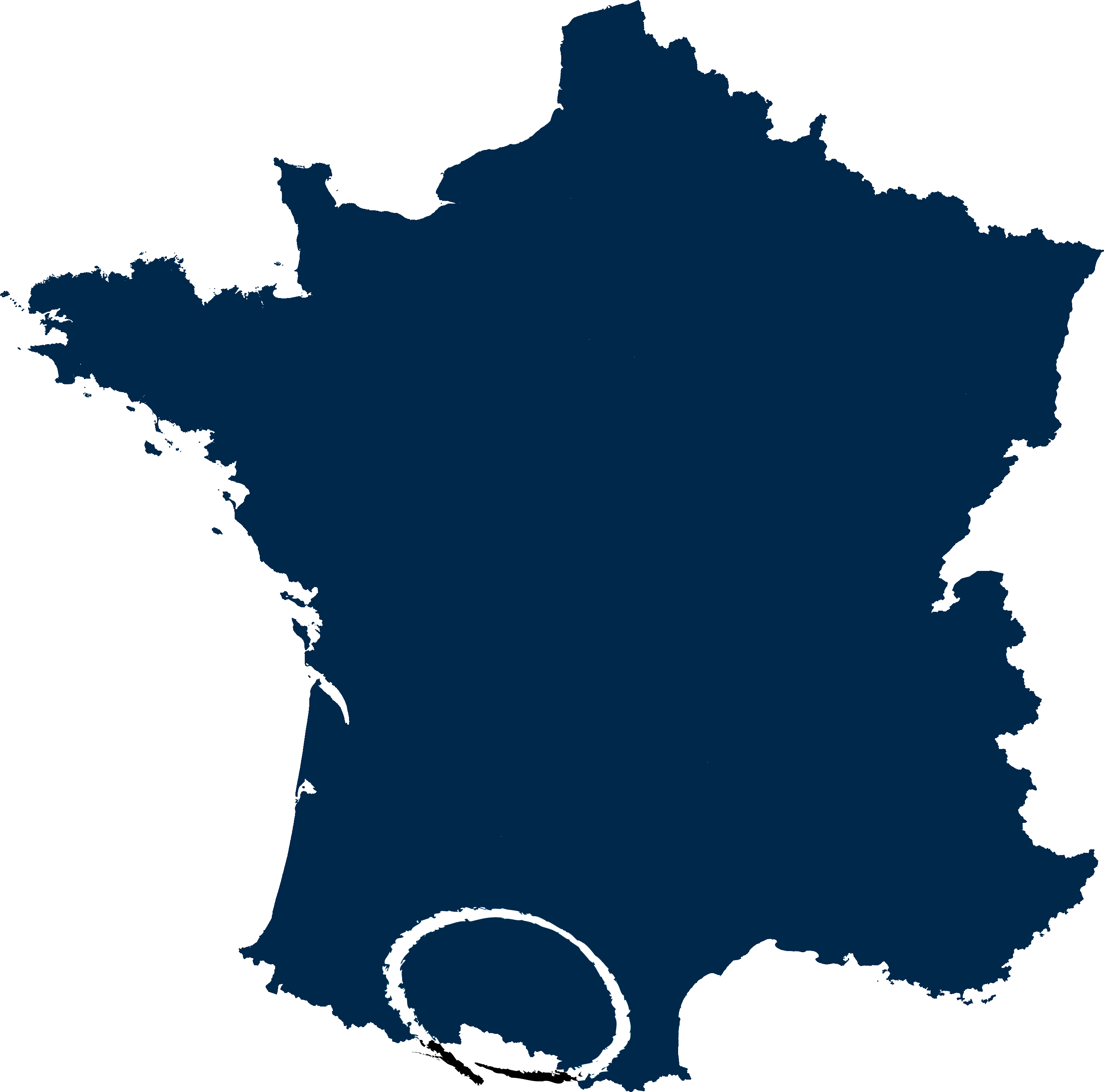

The PYRENEES programme
A research programme funded by the Observatoire Hommes-Milieux Pyrénées-Haut Vicdessos (OHM-PHV, LabEx DRIIHM)
To fight against light pollution, several territories are currently trying to define and implement a "dark ecological network". By emphasising the importance of darkness as a new dimension of ecological connectivity, this concept offers a twofold perspective for the integrated preservation of the nocturnal environment: on the one hand, combating the homogenisation and fragmentation of habitats, and on the other, incorporating conservation theories into planning practices. Thus, over and above the technical instrumental dimension that it can take on, we hypothesise that the interest of the dark ecological network lies above all in the role it can play in bringing about a collective approach to environmental governance around the preservation of the nocturnal environment.
This is where the PYRENEES programme (Pyrenean nocturnal socio-ecological systems monitoring programme) comes in. Its aim is to support the territorialisation of the preservation of the nocturnal environment in the Vicdessos valley ("Pyrénées ariégeoises", Occitanie Region, France). To this end, we are considering landscapes both as a framework for interdisciplinary analysis of interactions between humans and non-humans within the valley system, and as a tool for collective action to reorganise these interactions in the interests of sustainability.
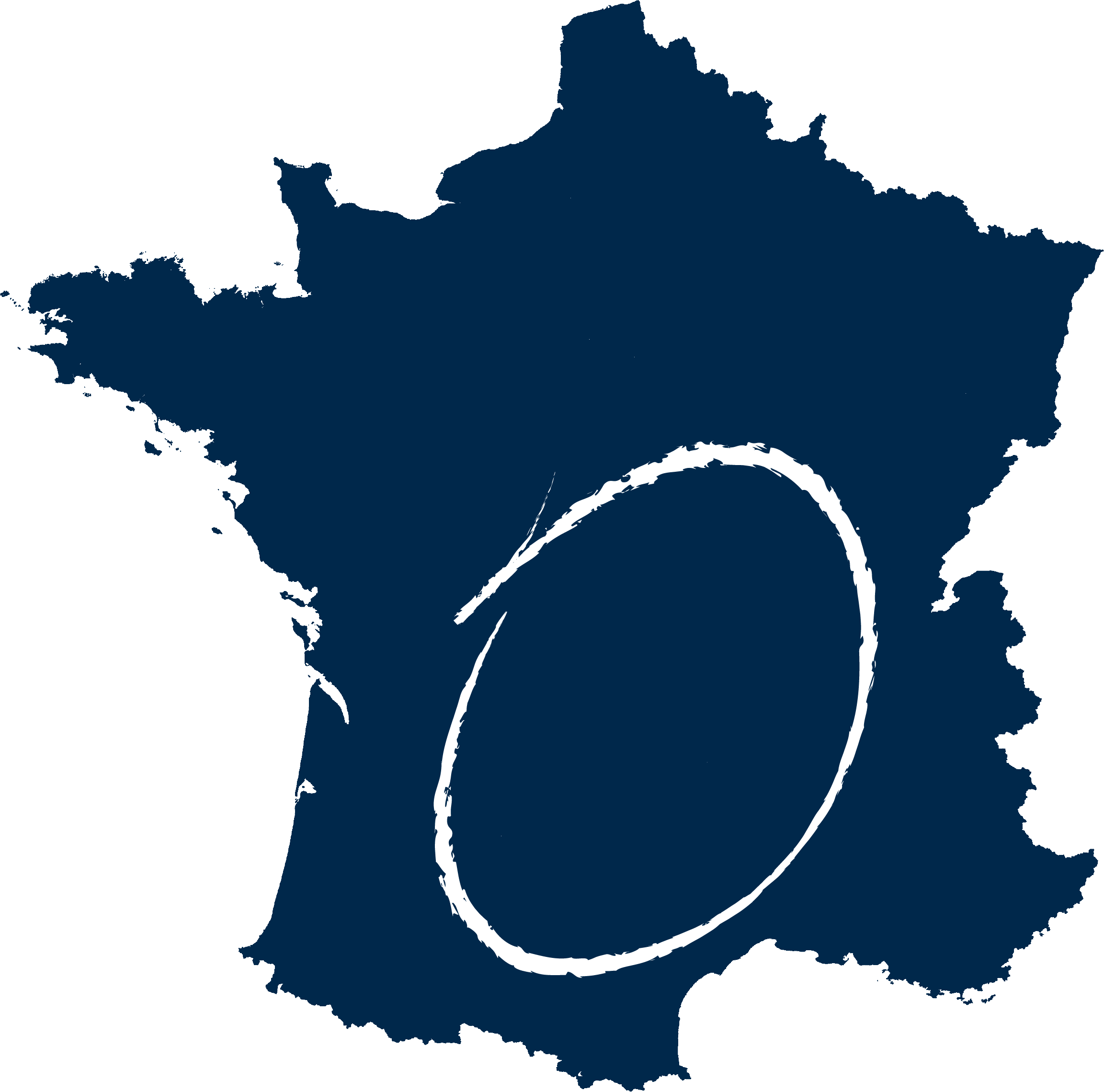
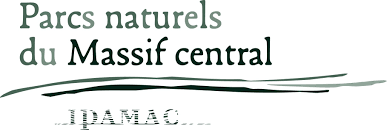
The "Trames noires du Massif central" programme
A research-action programme coordinated by the Association Inter-Parcs du Massif Central (IPAMAC)
Following the example of the development of legislation on light pollution, thinking about the preservation of the "darkness resource" allows us to take a step backwards in the identification of the objects that qualify the protection of the nocturnal environment, by moving away, for example, from the sole approach based on the quality of the starry sky towards a more holistic approach. This approach helps to spread the protection of the nocturnal environment to all areas, including "ordinary areas" such as the Regional Natural Parks. In so doing, we move away from the logic of exception and mobilise a broader approach based on the issues expressed in terms of the need for darkness not only for wild species, but also for human populations from a health, cultural and socio-economic point of view.
Spread over 24 months, in 2020 and 2021, the two phases of the "Trames noires" programme aimed to simultaneously support 10 Natural Parks in the Massif Central (Regional Natural Parks and Cévennes National Park) in their multi-dimensional activation of the darkness resource. The aim of this work is to help the member Parks of the Inter-parcs du Massif central (IPAMAC) association to truly territorialise their actions to preserve and enhance the nocturnal environment.
all fields of the Observatory
Map updated on 01/09/2023
